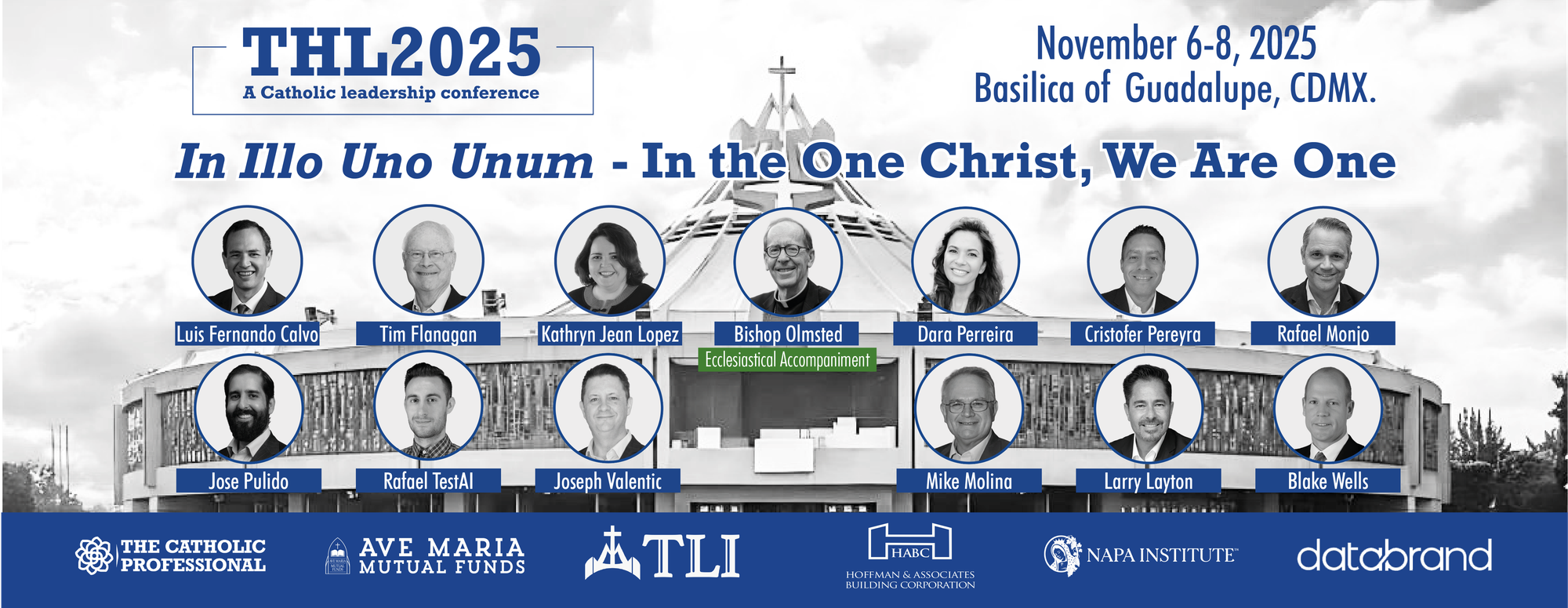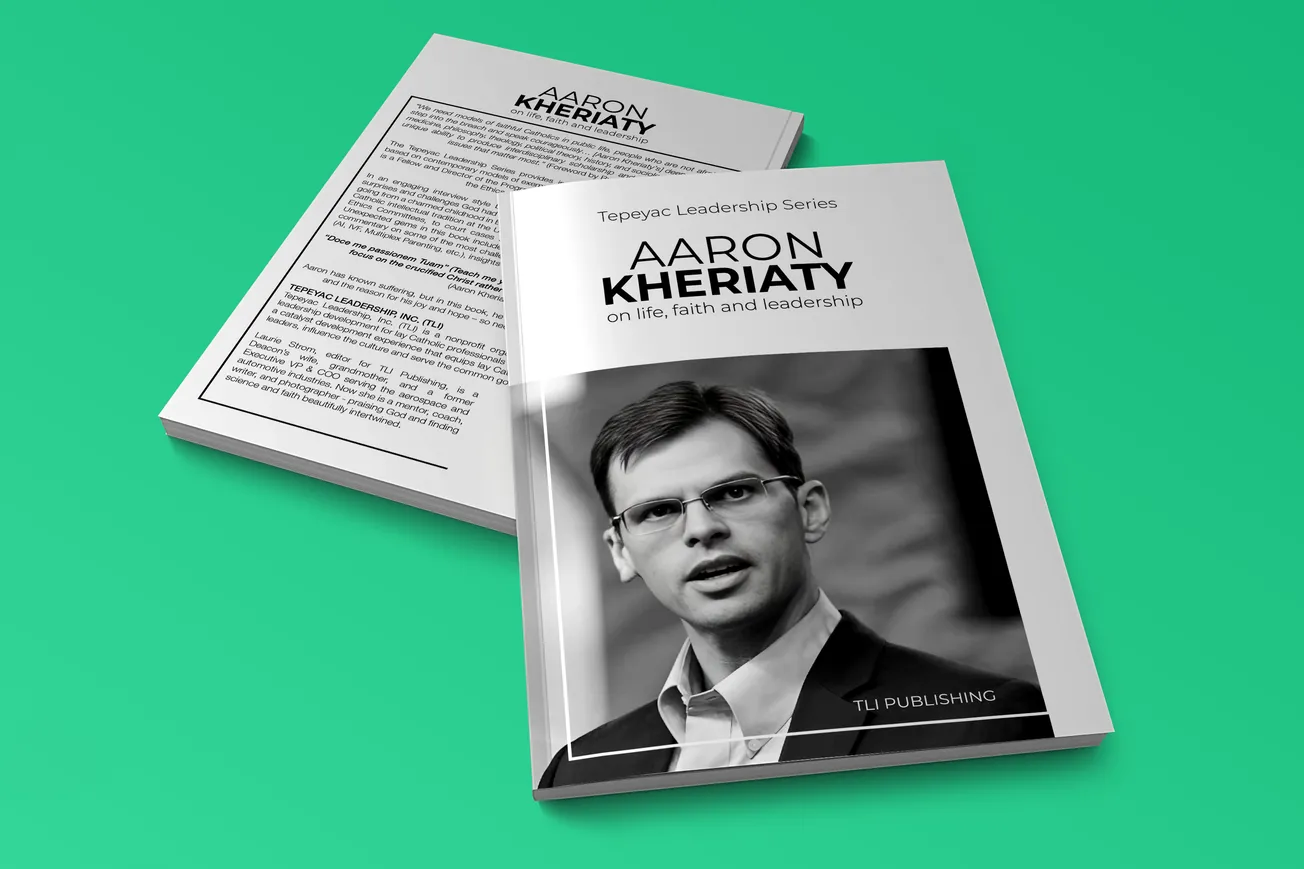Across rural France, a new wave of Catholic youth is quietly reinvigorating the Church’s presence—not through slogans, but through sacred spaces and tangible action. At the heart of this movement stands a seemingly modest project: the restoration of a long-neglected 19th-century convent. Under the leadership of Father Mathieu Raffray, of the Institute of the Good Shepherd, young volunteers have been drawn by a modern invitation—delivered through Instagram—to “rebuild Christian France” by restoring its spiritual and architectural heritage.
From July 13 to 20, twenty-eight young men and women, including practicing Catholics, baptised but non-practicing, atheists, and newly baptised individuals, gathered in Thiviers to labor together. Their aim: transform the crumbling convent into a spiritual retreat center. The work became a vehicle for community, prayer, exposure to the traditional Latin Mass, and conversion of heart.
For Clément Gomes, who converted two and a half years earlier, the experience was both physically demanding and spiritually profound—like a pilgrimage. He described their labor as “adding our stone to the building of God’s ministry on earth.” Equally resonant was the image he shared: at dawn on the final day, participants erected a wayside crucifix and laid individual stones at its base—symbolizing how each believer helps uphold the Church.
This kind of initiative is part of a broader trend in France: young Catholics are reclaiming spiritual traditions and heritage through action. Organizations such as SOS Calvaires and Rénouve Une Statue are reviving neglected wayside crucifixes and statues—an outward expression of faith that enlivens interior conviction.
Simultaneously, France is witnessing a significant upswing in adult baptisms and catechumenal formation. In Easter 2025, the French Bishops’ Conference reported over 10,384 adult catechumens—an astonishing 45 percent increase over the previous year and the largest number recorded in over two decades. Young adults between 18 and 25 now constitute the largest segment of those being baptized—a demographic shift with profound implications for the Church’s future.
These numbers are echoed in vibrant expressions of Catholic identity among young people, particularly at events like the Paris–Chartres pilgrimage. In 2023, nearly 16,000 pilgrims—over half under age 20—walked the 100 kilometers to Chartres in a profound public statement of faith through the traditional Latin Mass. Surveys likewise underscore this generation’s devotion: among young French Catholics preparing for World Youth Day, 75 percent attended Mass at least weekly, and a significant minority regularly participated in the Traditional Latin Mass.
Why this resurgence? Experts point to a hungry spiritual appetite—a desire for meaning, a sense of beauty, and an encounter with transcendence in an era of relativism and flux. These young Catholics are looking for more than moral guidance—they want to encounter Christ, engage tradition, and build community.
For Catholic professionals observing from various sectors—whether business, education, or public service—this renewal offers powerful lessons. The blend of cultural stewardship (through restoration projects), liturgical beauty, and modern evangelization (via social media and movement networks) forms a compelling model: faith that is both rooted and relevant.
As Archbishop Olivier de Germay of Lyon reflected, with these rising numbers, “the great challenge…is to make disciples.” It’s not enough to prepare for baptism; the Church must orient entire parish communities toward ongoing formation and missionary engagement.
In this quiet and slow revival, we see an echo of Christendom—not as a political regime, but as a civilization. Young men and women are rebuilding its structures, rediscovering its rituals, and most importantly, renewing its soul through personal witness. For Catholics everywhere, this is a beautiful witness to support and follow—from attentive presence to active collaboration, embodying the faith in precisely the integrated harmony of work, prayer, tradition, and modernity.
Like what we do? Share this piece, and follow us on Instagram and LinkedIn.










